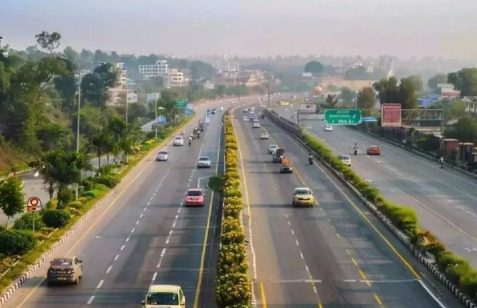For the aerospace and defence industries, material requirements are not just exceedingly demanding in terms of quality but also have stringent specifications for meeting exacting safety and performance standards. These industries require high tensile strength, remain corrosion-resistant for an extended period, battle wear and tear, and still provide for lightweight construction.
Copper with its unique characteristic—strength, conductivity, malleability and elasticity, and its alloys—blended with certain other metals with different qualities—offer a range of properties that are ideal for various critical applications for the defence and aerospace industries.
In the aerospace sector, copper is indispensable for electrical wiring, connectors, and heat exchangers ensuring safe and efficient operation. Carbon composite airframes are also expected to be extensively used in the development of Light Combat Helicopters (LCH), Advanced Light Helicopter (ALH) Dhruv, Medium Weight Fighter (MWF) Tejas MK 2 and the fifth generation Advanced Medium Combat Aircraft (AMCA). Similarly, the Indian Space Research Organization (ISRO) utilizes copper in satellite components and launch vehicle systems.
Copper-nickel alloys, with high corrosion resistance, is ideal for naval vessels, submarines, and offshore platforms. Its extreme electrical conductivity makes it a preferred choice for electrical wiring and connectors thereby ensuring efficient transfer of electrical signals and power. Itz non-sparking quality adds to the safety of the aircraft.
Copper’s ability to evenly disperse heat makes it especially useful for combustion chambers for rocket engines but cannot be used on its own because it melts in extreme temperatures. Combing copper with other metals increases the metal’s durability while maintaining its original thermal-conducting properties. Antennas, waveguides, and coaxial cables, components of radio frequency and microwave components, use copper because of its low signal loss and good transmission properties.
However, India’s overwhelming import dependence on copper— the country imported11,78,919 tonnes of copper ore and concentrates at a cost of Rs 27,374.43 crore, to meet 93% of the country’s total copper requirement in 2022-23– has major implications for the country’s defence sector. (2).
This scarcity has also meant that India continues to be the largest importer of arms—10% of the total arms imported across the world– between 2013 and 2023, followed by Saudi Arabia, Egypt, and Qatar, according to the Stockholm-based SIPRI, an independent international defence institute. Of the total foreign acquisitions, 53% was for the Air Force, 38% for the Navy and 17% for the Army. (3).
Thus, despite an allocation of Rs 6,21,941 crore to the Ministry of Defence in Budget 2024-25, the largest across all ministries, India’s defence import bill continues to soar. This dependence also limits the ability of Indian companies to export defensive equipment and platforms, limiting the country’s defence industrial ecosystem.
With the Defence Production and Export Promotion Policy (DPEPP) 2020 setting a target of $25 billion in defence manufacturing by 2025, including an export target of $5 billion, greater investment in the copper value chain is necessary. It will not only reinforce its role as a responsible and capable player in the global aerospace and defence arena, but also contribute to both national security and regional stability.




